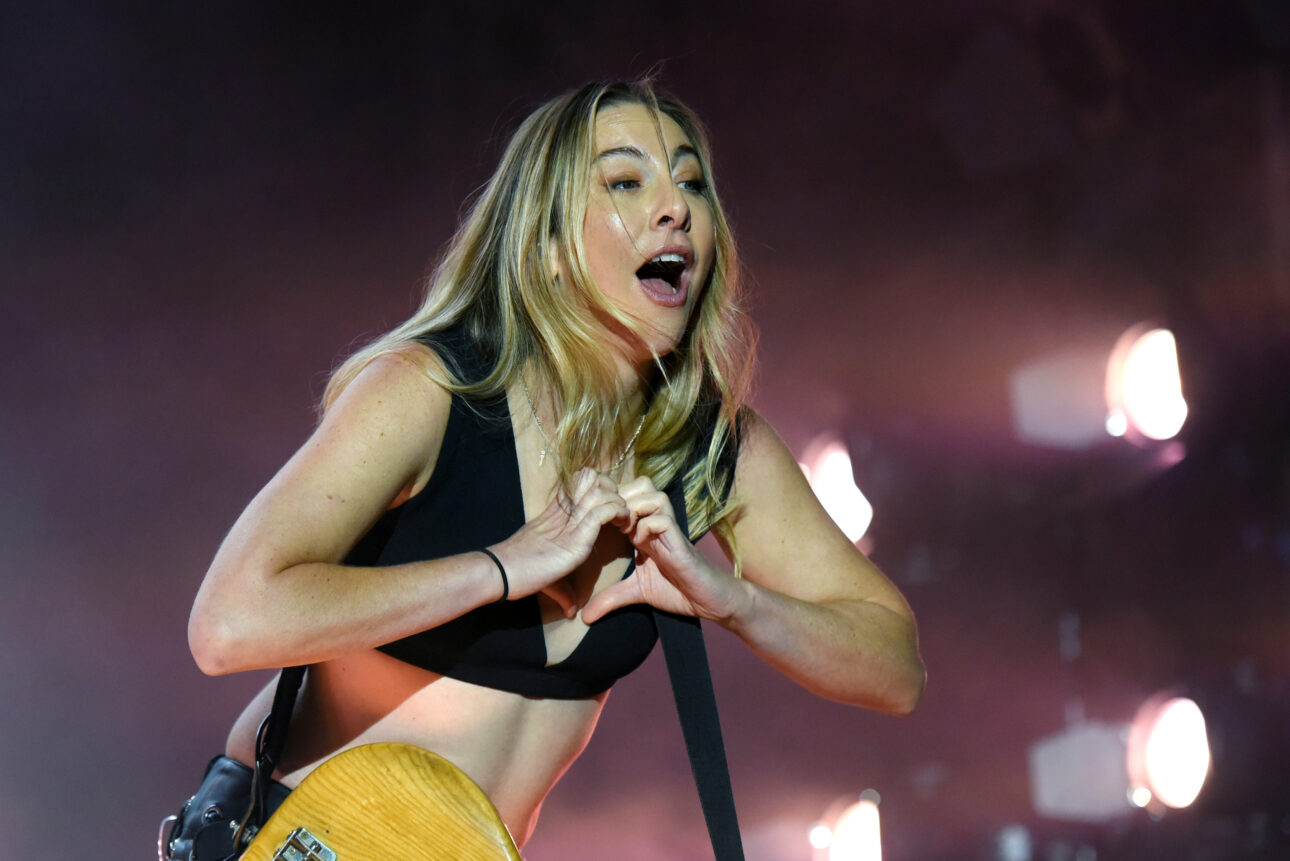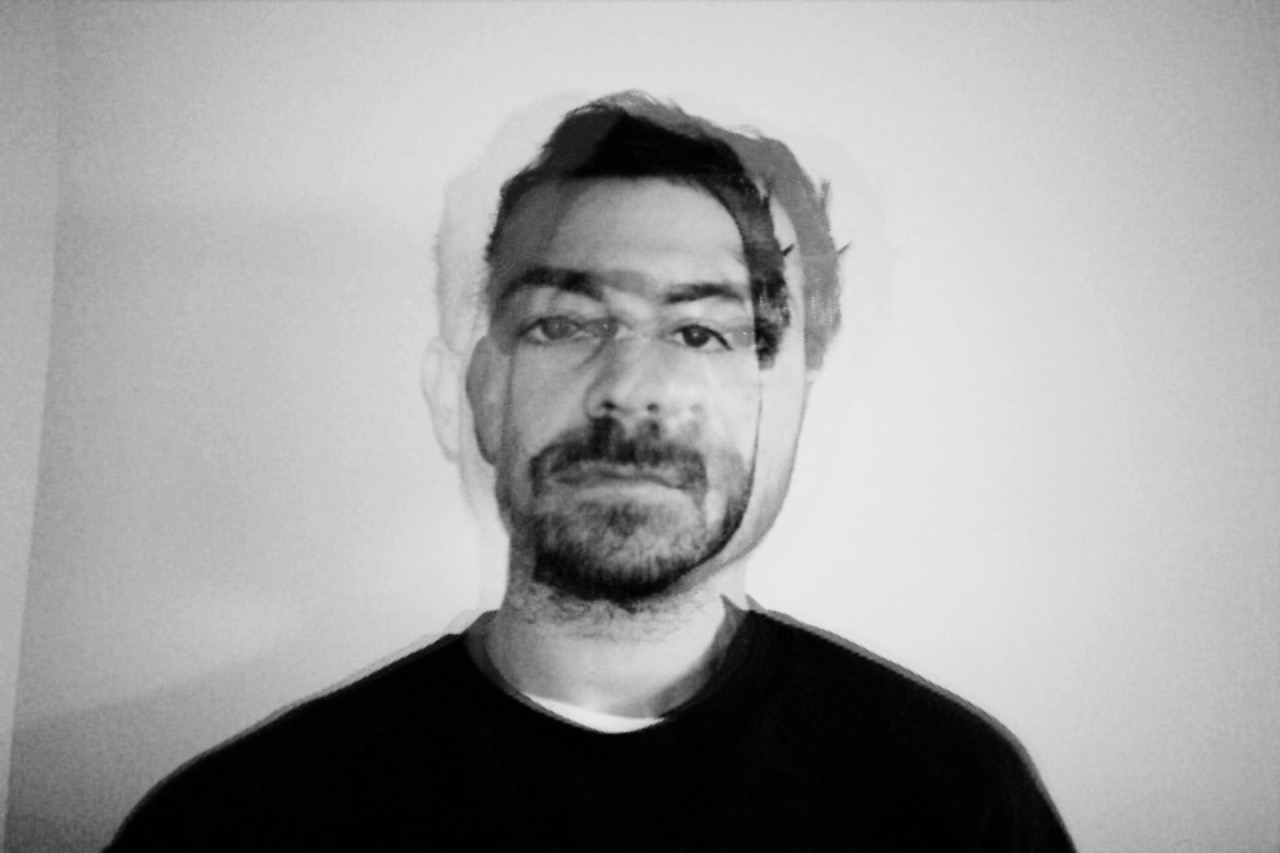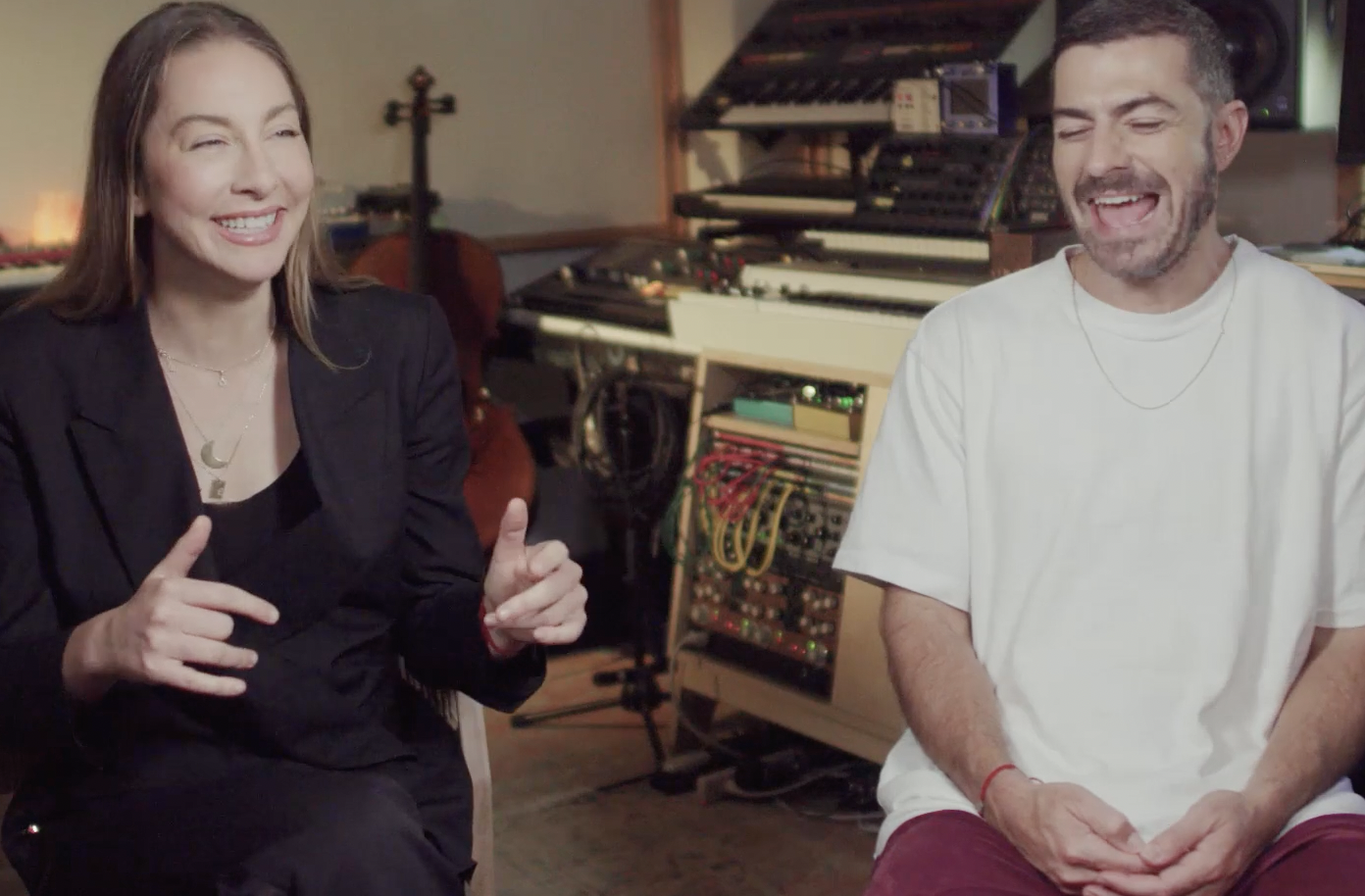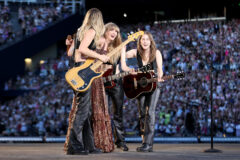Este Haim’s world has exploded in the last four years. The bass player/singer and eldest sister of the Grammy-nominated sibling trio HAIM has added score composer, music consultant (for White Lotus Season 2—her Instagram post of her time in Italy is priceless), and actor to her CV. Haim’s composing is going the way her band’s music has—that is, it took off like wildfire.
The first score heard from Haim was the popular Netflix limited series, Maid. She joined forces with musician/songwriter/producer Christopher Stracey (whom she affectionately calls “Stray”) for that. The two followed up with Haim’s first feature film, Cha Cha Real Smooth. She also helmed the music for the Disney+ series, A Small Light as its executive music producer and song producer. With Amanda Yamate, Haim has scored Netflix’s You Are So Not Invited to My Bat Mitzvah.

For his part, Australian native Stracey is skilled at both acoustic instruments and electronic music production. He runs the gamut of genres and styles with songwriting credits that range from Orville Peck to Ellie Goulding, as well as his own synth-pop dance duo Bag Raiders. He’s a dab hand at composing too with the documentary War Pony, the 2023 thriller Manodrome, and 2023 sci-fi drama Fingernails to his name.
The latest score that boasts the Haim/Stracey touch is Laura Chinn’s Suncoast, starring Nico Parker (daughter of Thandiwe Newton), Laura Linney, and Woody Harrelson. The film’s time period is the early 2000s, which is the composers’ teenage sweet spots. They share the musical references of the skillfully portrayed main character, Dorris (Parker), who is also in her teens.
Says Chinn of Haim’s and Stracey’s score, “[They] sent us tracks very early on, after they watched the first cut, and suddenly the film had its own musical language, they nailed the tone and wonderfully balanced real emotion with a lighthearted touch, never making the score emotionally manipulative or inauthentic.”
One of the 17 tracks on Suncoast’s soundtrack is a cover of The National’s “Green Gloves” by Monica Martin, produced by Haim and Stracey. The song effortlessly provides the inner monologue for the main character at a key moment in the film—which is how the entire score feels: effortless.
It takes a lot of elements working together to make that effortless-feeling music. Haim and Stracey list a few of the studio essentials needed for them to create their best work.
ESTE HAIM
My voice tends to get really dry because of the LA weather, so keeping Throat Coat Tea with me in the studio is essential. It also calms me down and relaxes me. Any time I’m in the studio and I know I have to sing that day I probably have three or four cups before I even get to work.
The smell of this candle has a Pavlovian effect on me. It instantly calms me down. Having candles in the studio is truly essential, not just for the smell, but the vibe. Stray and I tend to keep the lights super dim in the studio with nothing but either candles lit or a single stationary light when we’re woodshedding different melodic ideas. Ambiance and setting is everything when it comes to having a studio, and Stray’s is like a womb.
The Collected Poems of Dylan Thomas
I’ve been a fan of Dylan Thomas since I was in high school when my class did “Under Milk Wood” for our first year project. I’m a huge fan of his plays, but I find so much inspiration in his poems. I keep this book on hand anytime I’m stuck in the studio.
Siete Lime Grain Free Tortilla Chips
I have a tendency to eat when I’m stressed or stuck in a rut and that can happen a lot in the studio, especially when Stray and I are on a deadline. Having relatively healthy snacks on hand is essential. I’m a type 1 diabetic so I have to be careful about what I eat. These chips miraculously don’t spike my blood sugar too much.
My go-to bass in the studio is my 1973 Fender P-Bass. I’ve played other basses on several projects but my favorite bass I’ve ever used is my Fender P. It always sounds great straight out of the box. I love it.

CHRISTOPHER STRACEY
Ribbon Microphones
I find myself going more and more towards ribbons especially when working on [a] score. They have a great natural sound [and] lots of body. People often feel they’re too dark sounding for a lot of sources. But, when you’re making music for film, you also need to take into account that there’s probably going to be a lot of audio that’s going to sit in front of your music, so you might not need all that high-frequency detail in your sounds. Plus, they take EQ really well. I have a Coles 4038 that’s up in the middle of the room. More and more I’m just going to that for most of the acoustic recordings.
Loads of Instruments
This one kind of goes without saying, but in my studio there’s a load of instruments. I have a bunch of guitars/bass/drums/piano, all the normal stuff, but then I have a lot of random stuff that’s less common. I think it’s important to have stuff you don’t usually play but that you can mess around with or approach in some different way and it’ll make for a really interesting texture or sound in the music you’re making.
For example, I have a collection of recorders like your classic school classroom one you’d learn on in music class to a big bass recorder that almost looks more like a clarinet or saxophone. I have a charango, it sounds amazing. I’m currently also renting a few saxophones, clarinet and a cello. Violin, double bass, and a whole lot of synthesizers and guitar pedals and samplers and things which are great for mangling sounds. Also, every studio needs a big tub of random percussion instruments and bells and rattles and blocks that are great to mess around with and invariably find their way onto scores just to liven things up.
Okay, so it’s another instrument, but this one gets its own section because it’s been used in every single score I’ve worked on. It’s basically a controller and synthesizer that has no keys, but instead has a continuous neoprene surface that you play, press, poke, and prod with your fingers in the way you might massage a cow. Because of its unique surface, it doesn’t have the traditional “note on, note off” sound of other synthesizers or keyboards. It is very responsive so you might very lightly touch it and then slowly dig in more, and the sound you’re playing will grow in response to that. In this way it’s much more expressive to the touch, sort of like a violin. It’s a great way of incorporating synthesizers without them sounding too “synthy” as you can be so expressive with dynamics and vibrato and slide between notes. Absolutely beautiful design.
Good Lighting/Vibe
I always wanted to have my studio feel a bit more like a living space than a recording studio. I’ve been in so many spots that feel either too professional and serious or just have terrible blue/green lights and make you feel like you’re on a sci-fi movie set. If a studio feels too “studio-y,” there’s a weird subconscious thing of: “Better get to work. The clock is ticking. Better be professionals.” Anyone who makes music knows that the best things often come when you’re being silly or joking around or just being comfortable and not feeling like you’re “on the clock.” Also, if you go into a studio and it’s lit up like 7-Eleven, the initial reaction is going to be: “Get me TF out of here.” My spot is pretty cozy and full of salt lamps (hahaha). More of an orange/yellow light glow. Very important.
Incense
Another thing that probably could have fit into the vibe category, but I think not enough people pay attention to how much the smell of a place can contribute to its magic. An old library with antique wooden bookshelves and leather-bound books? Take me there. A mountain village with crisp winter air and the smell of firewood burning in a cozy chalet? I’m in heaven. Smell is a huge part of our lives and it’s one of those things that heightens the sense of pleasure you can get from just existing in a space. That’s what we’re trying to create in a studio environment. I remember seeing a documentary on Lee Scratch Perry where he was building and painting a new studio and it looked absolutely insane, but he said something along the lines of: “You must make your environment magical. If you don’t make your environment magical, how do you expect to create any magic in it?” That resonated with me. Right now I’m really liking the OIMU incenses from Korea and the Shoyeido ones from Japan.





